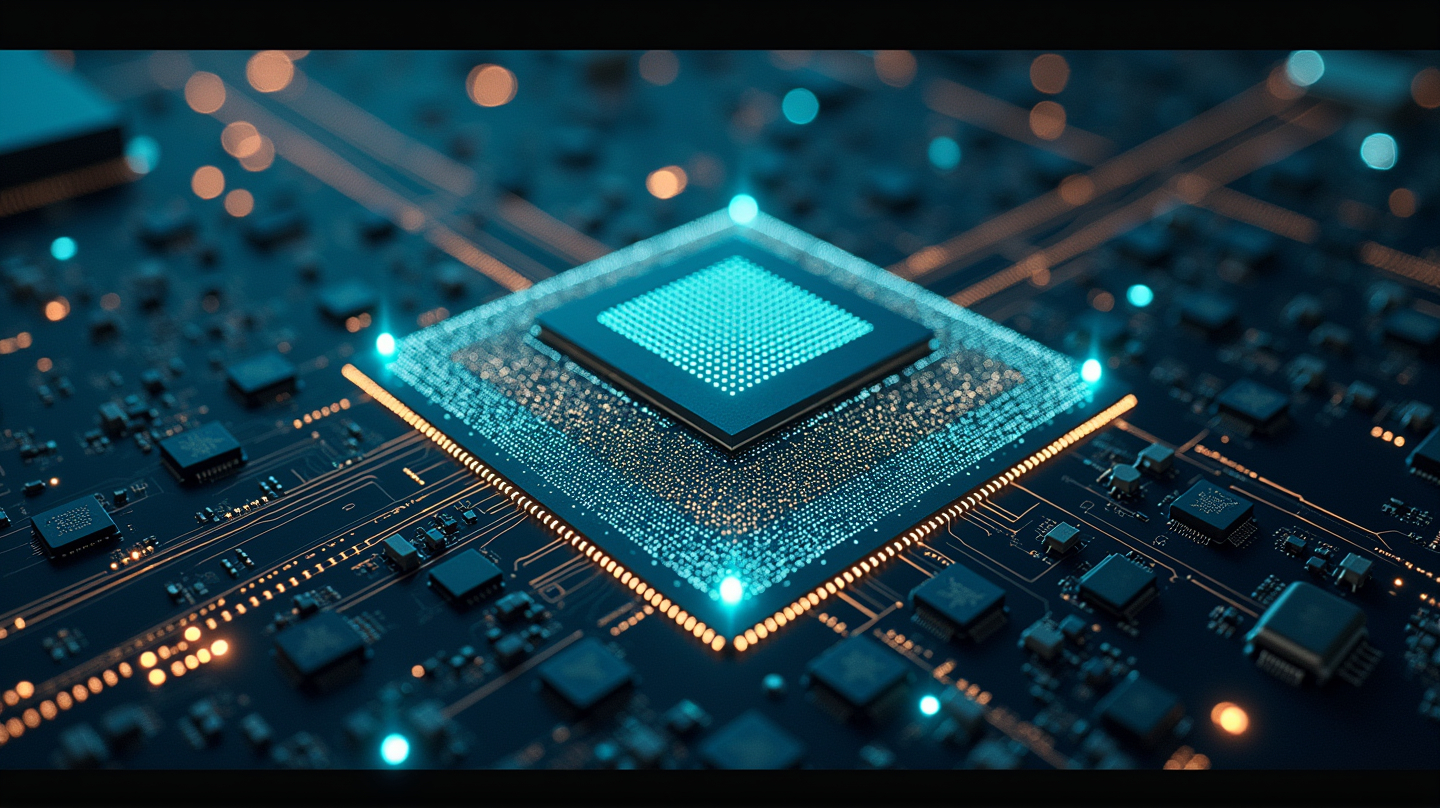The realm of generative AI is quickly evolving into a strategic battlefield between two giants: Google and OpenAI (backed by Microsoft). The most significant rivalry rests not only in their AI models but in the underlying economics and ecosystem strategies driving these innovations.
1. The Stark Compute Advantage: Google’s TPU vs. OpenAI’s Nvidia Reliance
In the world of AI, hardware economics can make or break a platform’s viability. Google’s investment in custom Tensor Processing Units (TPUs) represents a landmark shift, providing them with an estimated 80% cost advantage over competitors reliant on Nvidia’s GPUs, like OpenAI. This financial edge underpins Google’s ability to offer more affordable AI solutions, potentially transforming enterprise Total Cost of Ownership (TCO).
As stated in VentureBeat, Google’s vertical integration in TPU manufacturing could redefine market dynamics, forcing competitors to reconsider their reliance on high-margin GPUs.
2. Divergent Strategies in AI Agent Development
While Google champions an open ecosystem approach, focusing on interoperability with initiatives like the Agent-to-Agent (A2A) protocol, OpenAI focuses on tightly-integrated, tool-using agents within its ecosystem. OpenAI’s strategy caters to enterprises heavily invested in Azure, while Google’s open framework appeals to organizations seeking flexibility and multi-vendor integration.
3. Model Capabilities: Where Performance Meets Pragmatism
Despite constant updates and enhancements, the true differentiator in AI models lies beyond raw performance metrics. Google’s Gemini 2.5 Pro emphasizes extensive context windows and reliability, whereas OpenAI’s o3 excels in sophisticated reasoning, albeit with increased hallucination risks. As such, enterprises must align their model choice with their specific operational needs and risk tolerance.
4. The Enterprise Integration Dilemma
Ultimately, real-world adoption is driven by how seamlessly an AI platform integrates with existing enterprise infrastructure. Google’s AI services naturally integrate with existing Google Cloud environments, benefiting current users. In contrast, OpenAI, coupled with Microsoft’s reach, is embedded within familiar enterprise tools, simplifying adoption but retaining higher compute costs due to Nvidia GPU dependencies.
Conclusion
In this strategic duel, enterprises must weigh Google’s economic efficiency and open agent strategies against OpenAI’s reasoning prowess and integration depth. The generative AI landscape hinges on more than just software advancements; it is the interplay of hardware economics, ecosystem flexibility, and model reliability that will shape future AI deployments across industries.
Enterprises seeking to unlock maximum value must peer beyond the surface to evaluate the long-term implications on their costs, capabilities, and strategic technology roadmaps.
